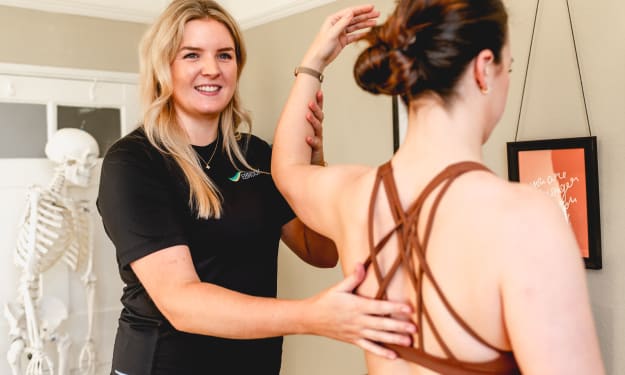7 Tips to Use Golf Course Mowers for a Perfect Green
Use Golf Course Mowers for a Perfect Green

A famous activity for undergrads throughout the late spring is to work with the upkeep team at a fairway. A physical activity which obviously incorporates a ton of cutting using those classy John Deere golf mowers. The essential cutting is finished with a hand mower. The tee boxes and the greens are cut thusly. The greens explicitly are cut each and every morning beginning around six AM.
It is a dreary and exact cycle, yet whenever done effectively can yield lovely outcomes for those playing that day. This is a seven stage cycle to help in the green cutting cycle using your John Deere golf course equipment or other turf hardware.
1. Picking where to stop the trailer and truck
The particular hand mowers are shipped in a trailer hitched to a support truck. Picking where to stop is a basic initial step so you can appropriately empty the mower and have the option to handily stack the mower back onto the trailer when done. One should likewise remember not to hinder any pathways and attempt to abstain from stopping on grass that hopes to be worn out because of steady traffic.
2. Emptying the mower and planning to chop
One must try to carefully empty the mower and not harm the edges. Branded mowers such as John Deere golf course mowers can cost more than 10,000 dollars as indicated by fairway experts. Harming the sharp edges would be a profoundly expensive error. There are separable wheels that you should eliminate from the mower. Their lone design is so one can move the mower.
3. Picking an example
Golf greens are cut front to back, side to side, left to right and right to left. The left to right and option to left cuts are edge cuts. Imagine a square where you start at the base right corner and move to the upper left corner. That is known as a right to left and cut and the other way around for a left to right cut.
4. Settling position of the cut
Once the heading of the cut is picked, one can appropriately put themselves to begin cutting. The most ideal way to begin mowing is to either begin at the edge of the green or the corner contingent upon the cut. For example in case a front to back cut is important, beginning at the edge of the green and making a straight line is the simplest approach.
5. The real cutting itself
With the situation of the cut decided the cutting can start. The principal line is basic to get directly as the various lines will be based on the first. It is a to and fro measure that eventually boils down to viably turning the John Deere golf mower. This should be possible in an assortment of ways. The vast majority decide to clutch the mower with one hand and let the mower rotate around them, hence turning the mower around for the next line of cut.
6. Checking for grass develop in the pail
There is a can joined to the front of the mower which gets the cut grass. It is basic to watch out for this pail while cutting. Frequently one should stop in any event once while cutting a green to exhaust this basin. When it turns out to be excessively full, at that point it will begin emptying grass into the cutting edges which dulls them down.
7. The tidy up pass
The last advance in cutting a green is to do a tidy up pass once one has finished all the to and fro passes conceivable. The tidy up pass requires following the edge of the neckline around the green with the mower. It is vital to watch out for the edge of your mower and make a point not to cut into the neckline itself bringing about unattractive grass regions. Two tidy up passes must be finished.






Comments
There are no comments for this story
Be the first to respond and start the conversation.